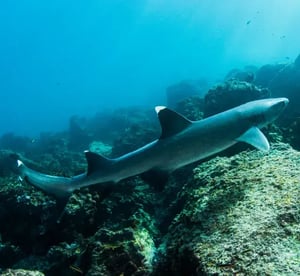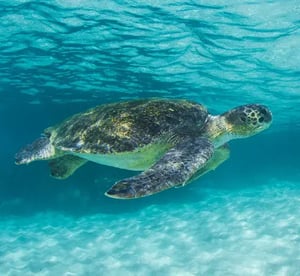
STINGRAYS
Seen from the side, this animal is perfectly flat, with pectoral fins that extend to the head. The eyes are located at the sides of its head and with breathing cavities near. The diameter on average is from about 30 cm to less than 1 m. Stingrays are close relatives to sharks, with the common factor that both are cartilaginous fish that swim in warm waters of tropical oceans.
They will have one baby per year, and when the baby is born it will have to fend for itself. The females keep the egg and the juvenile in their uterus (ovoviviparous) from 2 to 4 months until the youngster is big enough to be born. No parental care is given to the newborn, it must be ready to feed and protect itself. Cartilaginous fish tend to mature at a slow rate, some studies say that they enter maturity when they are 20 to 30 years old.
Stingrays can spend most of their time buried on the seafloor and they have electrical receptors in their skin to help them read electrical charges in the ocean when looking for food and for orientation. Their favorite food is worms, fish, mollusks, crabs, and shrimp that they get by scooping through the ocean sand.
There are also other species in the ray family that can be spotted in the Galapagos: manta rays (the biggest of all, measuring about 4 m across its fins), golden rays, and spotted eagle rays.
OTHER MARINE LIFE
01 Stingrays
No
Endemic
Marine Life
Animal group
Dasyatidae
Scientific name
30 cm - 2 m
Animal average size
7,6 kg
Animal average weigth
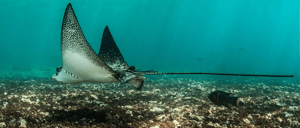
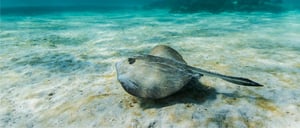
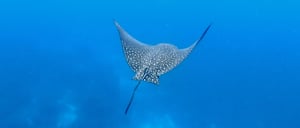
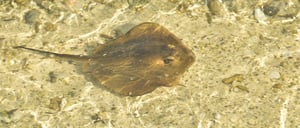

Where to spot this animal?

Expeditions where you can find this animal

NORTH EXPEDITION (A)
Visitor sites:
> El Barranco, Prince Philip's Steps

WEST EXPEDITION (B)
Visitor sites:

EAST EXPEDITION (C)
Visitor sites:

SOUTH EXPEDITION (D)
Visitor sites:

NORTH EXPEDITION (A)
Visitor sites:
> El Barranco, Prince Philip's Steps

WEST EXPEDITION (B)
Visitor sites:
> Punta Espinosa

EAST EXPEDITION (C)
Visitor sites:


